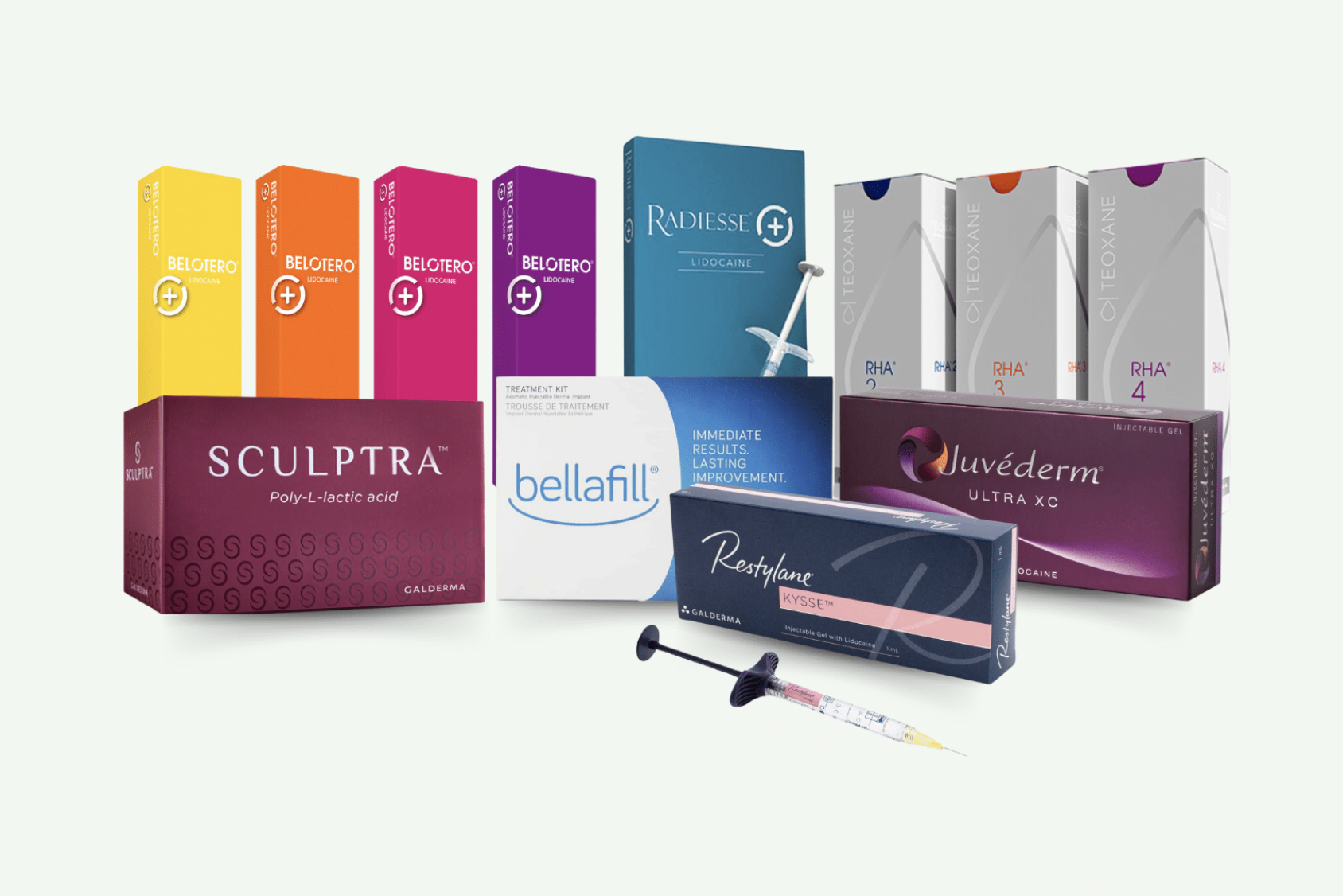Hyaluronic Acid vs. Biostimulants: Understanding the Difference in Dermal Fillers
When it comes to dermal fillers, two popular types stand out: Hyaluronic Acid (HA) fillers and biostimulant fillers. Both can enhance your appearance and rejuvenate your skin, but they work in very different ways. At Core Aesthetic, we believe in educating our clients so they can choose the best treatment for their unique goals. Here’s a breakdown of what sets HA fillers and biostimulants apart—and how each can help you look and feel your best.
What Are Hyaluronic Acid Fillers?
Hyaluronic Acid fillers are the most commonly used dermal fillers in aesthetic medicine. HA is a naturally occurring substance in your skin that attracts and retains moisture, giving your skin a plump, hydrated appearance.
How HA Fillers Work:
HA fillers add immediate volume and structure by physically filling in wrinkles, folds, and areas of volume loss. They provide instant, visible results that can smooth fine lines, lift cheeks, enhance lips, and contour the face. Because HA is a substance your body naturally produces, it’s generally well-tolerated and reversible with an enzyme called hyaluronidase if needed.
Common Uses:
Lip enhancement
Cheek and jawline contouring
Nasolabial folds and marionette lines
Tear trough (under-eye) correction
What Are Biostimulant Fillers?
Biostimulants work differently—they don’t just fill; they stimulate your body’s own collagen production over time. Collagen is the structural protein that keeps skin firm, elastic, and youthful, but its levels decline as we age.
How Biostimulants Work:
When injected, biostimulants trigger a natural response in your skin to produce new collagen. Instead of an immediate volume boost, results develop gradually over weeks to months, improving skin texture, firmness, and elasticity for longer-lasting rejuvenation.
Common Uses:
Facial volume restoration
Improving skin quality and elasticity
Treating fine lines and wrinkles indirectly by rebuilding skin support
Body contouring and cellulite reduction (with certain biostimulants)
Key Differences at a Glance:
FeatureHyaluronic Acid FillersBiostimulant FillersMechanismAdds immediate volume by fillingStimulates collagen production over timeResultsInstant, visibleGradual, natural improvementLongevity6-18 months (varies by product)12-24 months or longerReversibilityCan be dissolved with hyaluronidaseNot reversibleIdeal ForWrinkles, volume loss, contouringSkin quality, firmness, subtle volume
Which One Is Right for You?
Choosing between HA fillers and biostimulants depends on your goals, timeline, and desired results. If you want immediate, noticeable volume or wrinkle correction, HA fillers are often the go-to. But if you’re seeking a more natural, long-term skin rejuvenation with improved texture and firmness, biostimulants may be a better fit.
At Core Aesthetic, we often combine both types of fillers for a customized approach—providing immediate enhancement with HA fillers while promoting ongoing skin health and collagen production with biostimulants.
Final Thoughts
Both hyaluronic acid and biostimulant fillers offer powerful ways to refresh and rejuvenate your appearance. Understanding their differences helps you make informed decisions about your aesthetic journey. Ready to explore which treatment is best for you? Schedule a consultation at Core Aesthetic, and let’s create a personalized plan that brings out your most radiant self.


